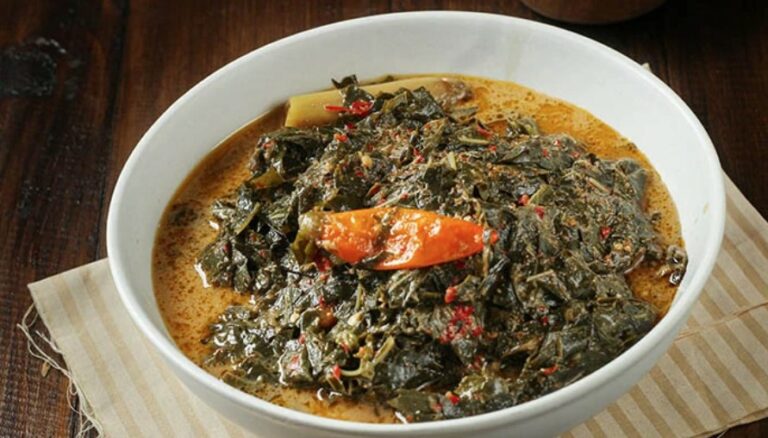Introduction: Zambian Cuisine
Zambian cuisine is a delightful blend of traditional African flavors with influences from European, Indian, and Asian cuisines. The country’s rich agricultural landscape has lent itself to an abundance of fresh fruits and vegetables that are commonly used in local dishes. Zambia’s cuisine is often characterized by its use of fresh ingredients and a rich variety of spices, making it a favorite among food lovers.
Popular Fruits in Zambian Dishes
Tropical fruits like mangoes, pineapples, and bananas are some of the most popular fruits used in Zambian cuisine. They are used in a variety of dishes, from fruit salads to stews and curries. These fruits are not only delicious but also packed with essential vitamins and minerals, making them a staple in Zambian households.
Mysterious Baobab Fruit
The baobab fruit is a common sight in Zambia, both as a fruit and in powder form. The fruit is rich in vitamin C and has a unique tangy taste that is a perfect addition to refreshing drinks and desserts. The powder form is often used as a natural thickening agent for stews and soups, giving them a unique twist.
The Versatile Pumpkin in Zambian Cuisine
Pumpkins are a popular ingredient in Zambian cuisine, and every part of the pumpkin is used. The flesh is used in soups, stews, and curries, while the seeds are roasted and eaten as a snack. The leaves are also used in dishes like pumpkin leaves and groundnut stew, adding a unique flavor and texture.
Traditional Vegetables in Zambian Cooking
Traditional vegetables like okra, sweet potatoes, and cassava leaves are also commonly used in Zambian cooking. These vegetables are both delicious and nutritious, providing essential vitamins and minerals. They are often cooked with a variety of spices and herbs, giving them a unique taste that is both satisfying and flavorful.
Nutritious Moringa Leaves in Zambian Dishes
Moringa leaves are a highly nutritious addition to Zambian dishes, providing a rich source of vitamins and minerals. They are often used in salads, stews, and curries, giving these dishes a unique flavor. The leaves are also used to make tea, providing a refreshing and healthy drink option. Moringa is a versatile ingredient that has become increasingly popular in Zambia and beyond.
In conclusion, Zambia’s cuisine is a delightful blend of traditional and modern flavors, with fresh ingredients and spices being at the core of its rich culinary heritage. The country’s bountiful supply of fruits and vegetables has resulted in a cuisine that is both delicious and nutritious, making it a favorite among food lovers.

